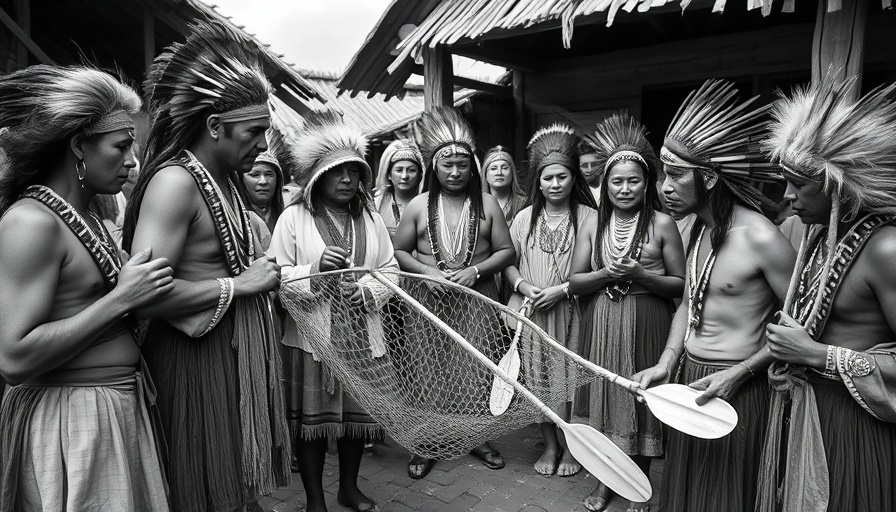
The Salish Sea: A Cultural and Environmental Treasure
The Salish Sea, steeped in rich Indigenous culture and history, has served as a vital resource for the Lummi Nation and other tribes for thousands of years. However, the onset of industrialization and capitalist endeavors fundamentally altered its ecological and cultural landscape. This transformation has led to the near demise of traditional practices, such as reefnet fishing, which played a pivotal role in the community’s heritage and sustenance.
The Impact of Industrialization on Indigenous Practices
With the rapid growth of the cannery industry in the late 19th and 20th centuries, the Salish Sea faced unprecedented exploitation. The once bountiful waters that provided food and livelihood for the Lummi Nation became heavily polluted, ultimately leading to the decline of vital fish populations. Such environmental degradation was further exacerbated by punitive legislation that aimed to suppress Indigenous fishing rights, pushing the community away from their ancestral practices.
The Legacy of Reefnet Fishing
One of the many traditional fishing methods employed by the Lummi Nation was reefnet fishing, an innovative practice that relied on a profound understanding of the tidal rhythms and fish behavior in the Salish Sea. This method combined skill with sustainability, allowing tribes to catch fish without depleting resources, highlighting a deep respect for the environment. As industrialization took hold, however, this practice was almost entirely eradicated, leading to a significant cultural loss.
Connecting with Local Ecosystems: A Call for Action
As residents of the Seattle area, we have a collective responsibility to acknowledge the historical context of our local ecosystems. Engaging with local Indigenous communities can enrich our understanding of this land and its significance. Participating in conservation efforts and advocating for sustainable practices can help restore the balance that has been disrupted over generations.
Rebuilding Relationships with the Salish Sea
Today, there is a growing movement to reconnect with the Salish Sea and revitalize Indigenous fishing practices. Organizations focused on environmental restoration are working to clean the waters and revive salmon populations, while also supporting the Lummi Nation in their efforts to regain traditional fishing rights. Community involvement in these initiatives not only helps heal the environment but also fosters a deeper connection to the land and its history.
Why This Matters to Us
The story of the Salish Sea is one of resilience and hope. As industrialization continues to pose threats to our environment, it is crucial for us to learn from the past and embrace sustainable living practices. By understanding the impact of our choices on local ecosystems, we can contribute to a future that honors both our natural resources and Indigenous heritage.
In conclusion, taking the time to learn about the cultural and ecological significance of the Salish Sea empowers us as Seattle residents to participate in preserving its legacy. Engage with local initiatives, support Indigenous rights, and adopt sustainable practices today to help ensure that generations to come can enjoy the beauty and resources that the Salish Sea provides.
 Add Row
Add Row  Add
Add 




Write A Comment